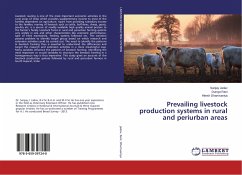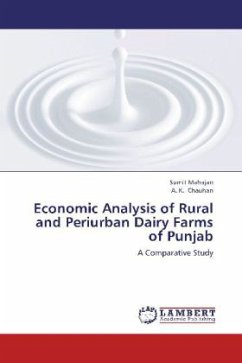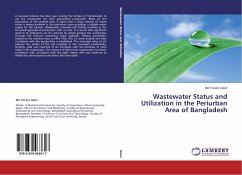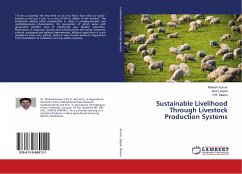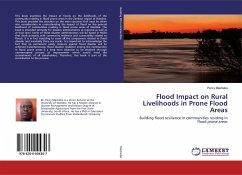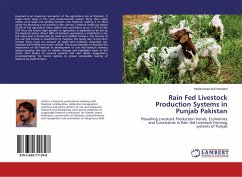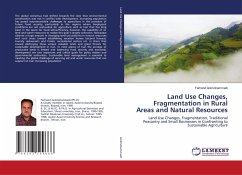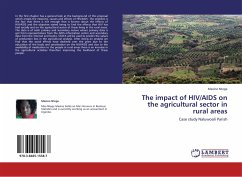Livestock rearing is one of the most important economic activities in the rural areas of India which provides supplementary income to most of the families dependent on agriculture. Apart from providing subsidiary income to the families, rearing of livestock such as cattle, buffaloes, sheep, goats, poultry etc. is a source of readily available high quality animal protein to the farmer's family. Livestock farms in rural and periurban farming systems vary widely in size and other characteristics like economic performance, type of herd maintained, feeding systems followed etc. This variation possess problem to identify target group based on which research and extension activities could be carried out. The need to identify the patterns in livestock farming thus is essential to understand the differences and target the research and extension activities in a more meaningful way. Many variables influence the patterns of livestock farming. Identifying the most important or crucial variables to structure the livestock farming in a homogeneous way is thus imperative. This study gives an account of the livestock production systems followed by rural and periurban farmers in South Gujarat, India
Bitte wählen Sie Ihr Anliegen aus.
Rechnungen
Retourenschein anfordern
Bestellstatus
Storno

